pathways
Raci570
12 years ago
Related Stories
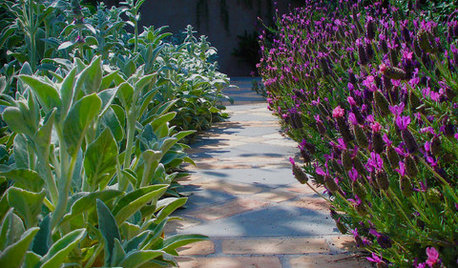
LANDSCAPE DESIGNThe Garden Edge: Rethink Your Garden Pathways
The right plant choices not only frame your paths with distinction, but they also take you on a journey of the senses
Full Story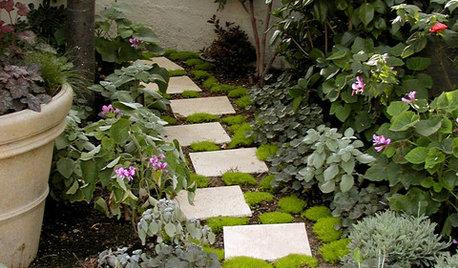
GARDENING AND LANDSCAPINGPlants for Your Pathway
Pretty up your garden walk with the right ground cover between pavers
Full Story
GARDENING AND LANDSCAPINGLongwood Gardens' Pathways Invite Exploration
Plant choice and pathway design are essential for an inviting garden. See how Longwood's paths beg a closer look
Full Story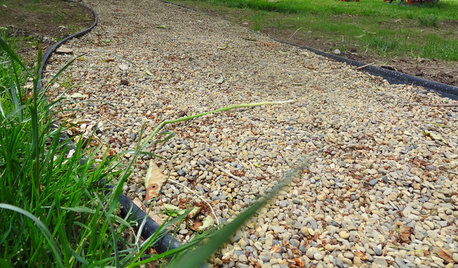
GARDENING AND LANDSCAPINGDIY Pathway Puts Landscapes on the Right Track
Create a road more traveled in your backyard, and save your lawn from foot traffic, with this easy, affordable gravel path
Full Story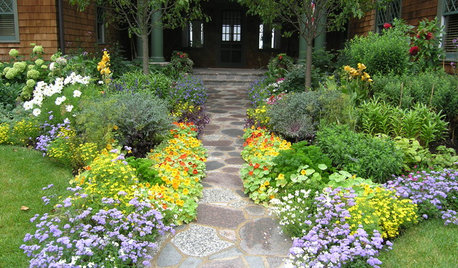
GARDENING GUIDESPathway Plantings That Please the Senses
Add some color, life and intrigue beside your sidewalk with these 7 suggestions
Full Story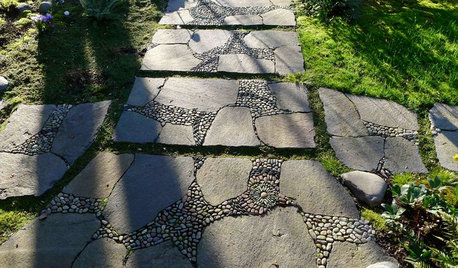
LANDSCAPE DESIGNHow to Design Garden Paths That Bring a Landscape to Life
We guide you through material and placement choices that will take your pathways from ordinary to extraordinary
Full Story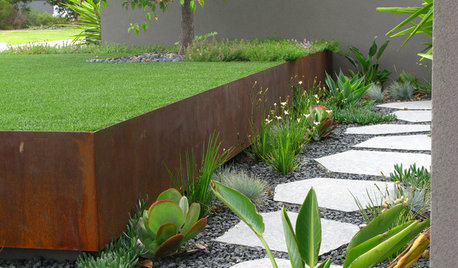
LANDSCAPE DESIGN7 Questions to Ask Before Laying Stepping Stones
These broken-up pathways invite you to put a spring in your step — while adding functionality to the garden
Full Story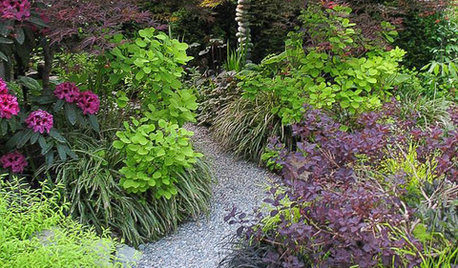
LANDSCAPE DESIGN5 Garden Path Looks for an Enchanting Journey
Take your pathway from predictable to exceptional, for a truly moving garden experience
Full Story
GARDENING AND LANDSCAPINGFormal Parterre Gardens Rule the Landscape
You don't have to be royalty to enjoy a formal parterre garden, but its pristine pathways and geometric designs let you play the part
Full Story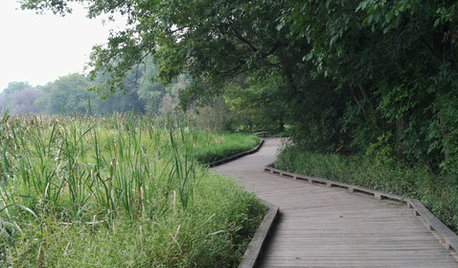
GARDENING AND LANDSCAPINGBoardwalks Bridge the Gap to Nature
Previously inaccessible parts of the landscape can roll out the welcome mat with help from these clever and beautiful pathways
Full Story







denninmi
gjcore
Related Professionals
West Milford Landscape Architects & Landscape Designers · Prairie Ridge Landscape Architects & Landscape Designers · Suffern Landscape Architects & Landscape Designers · Sahuarita Landscape Architects & Landscape Designers · Athens Landscape Contractors · Braintree Landscape Contractors · Middletown Landscape Contractors · Rancho Santa Margarita Landscape Contractors · Roswell Landscape Contractors · Santa Maria Landscape Contractors · South Hackensack Landscape Contractors · Norridge Landscape Contractors · Eustis Driveway Installation & Maintenance · Greensboro Driveway Installation & Maintenance · Lake Forest Driveway Installation & Maintenancebi11me
spacetogrow
Belgianpup
bobb_2002
Robbie3
Joe1980
m_lorne
tn_gardening
tetrazzini
mandolls
wayne_5 zone 6a Central Indiana
Raci570Original Author